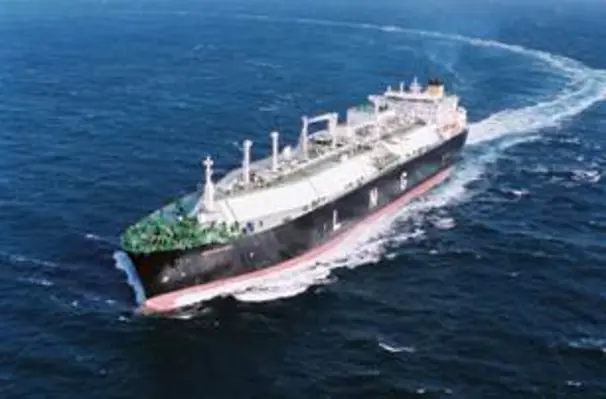Total global LNG demand increased in 2016, with greater than expected demand in Asia and the Middle East absorbing the increase in supply from Australia, according to Shell’s first LNG Outllook
Global demand for LNG reached 265 million tonnes (MT) in 2016 with the addition of six new importing countries since 2015: Colombia, Egypt, Jamaica, Jordan, Pakistan and Poland, according to the outlook.
China and India – which are set to continue driving a rise in demand – were two of the fastest growing buyers, increasing their imports by a combined 11.9 MT of LNG in 2016. This boosted China’s LNG imports in 2016 to 27 MT and India’s to 20 MT.
Egypt, Jordan and Pakistan were among the fastest growing LNG importers in the world in 2016. Due to local shortages in gas supplies, they imported 13.9 MT of LNG in total.
“Global LNG trade demonstrated its flexibility time and again in 2016, responding to shortfalls in national and regional gas supply and to new emerging demand,” said Maarten Wetselaar, Integrated Gas and New Energies director at Shell. “The outlook for LNG demand is set to grow at twice the rate of gas demand, at four to five per cent a year between 2015 and 2030.”
The bulk of growth in LNG exports in 2016 came from Australia, where exports increased by 15 MT to a total of 44.3 MT. It was also a significant year for the USA, after 2.9 MT of LNG was delivered from the Sabine Pass terminal in Louisiana.
The outlook says that from 2020 to 2030 most new LNG demand growth will be driven by policy, floating storage regasification units (FSRUs), replacing declining domestic gas production, small scale LNG and transport.
LNG prices are expected to continue to be determined by factors including oil prices, global LNG supply and demand dynamics, as well as the cost of new LNG facilities.
In addition, the outlook says LNG trade is changing to meet the evolving needs of buyers, including shorter-term and lower-volume contracts.
Shell believes further investments will need to be made by the industry to meet growing demand, most of which is set to come from Asia, after 2020. In China, a government target has been set for gas to make up 15 per cent of the country’s energy mix by 2030, up from five per cent in 2015. Meanwhile, Southeast Asia is projected to become a net importer of LNG by 2035.









